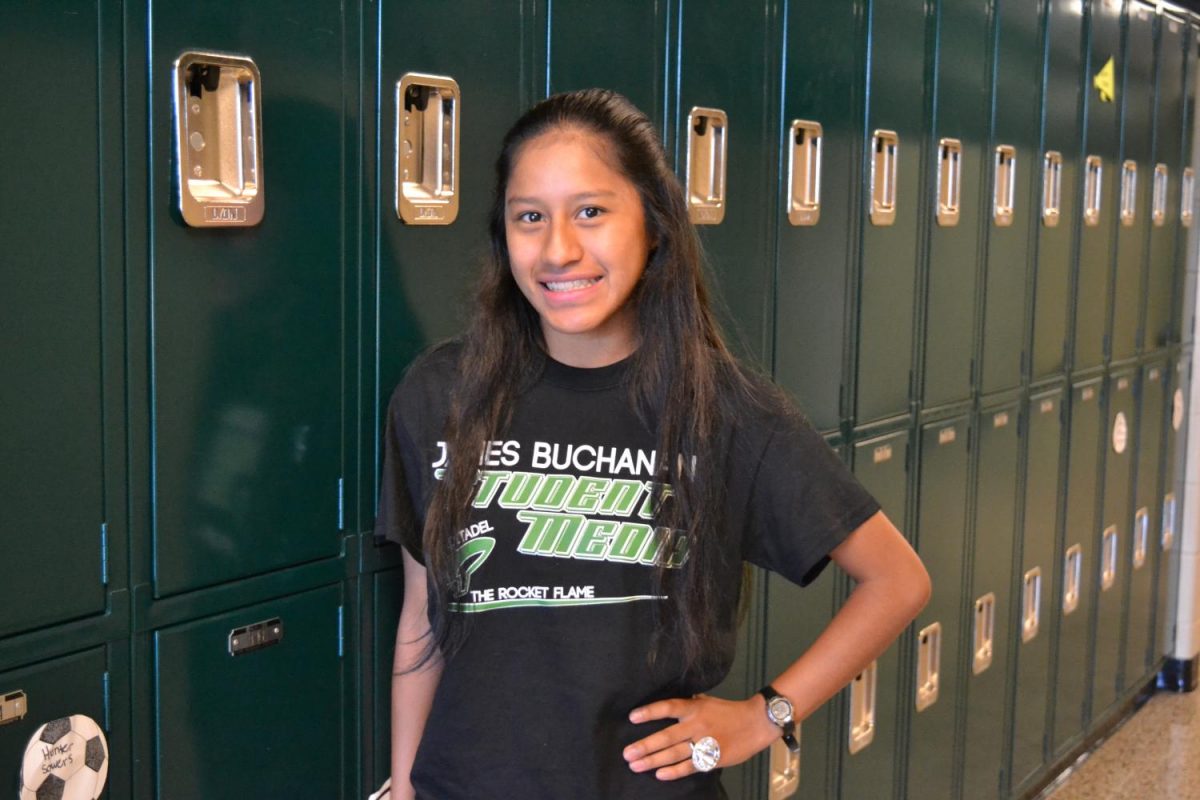Megan Rummel, Editor
Megan Rummel lives in St. Thomas, PA. She lives with her mom, dad, and her two grandmas. Her brother lives in Chambersburg and is a father to his son named, Pierce. She has two dogs named Popi and Tiny, who are both Chihuahuas. She also rescued a grey and white cat three months ago and has kept it ever since. Her name is Gracie. She likes to go fishing in her free time. On occasion, she will go hiking locally at Cowans Gap. Her favorite colors are blue, green, and white. Her favorite fruit is mangos. She plays tennis for JBHS and is involved in JB Student Media.

